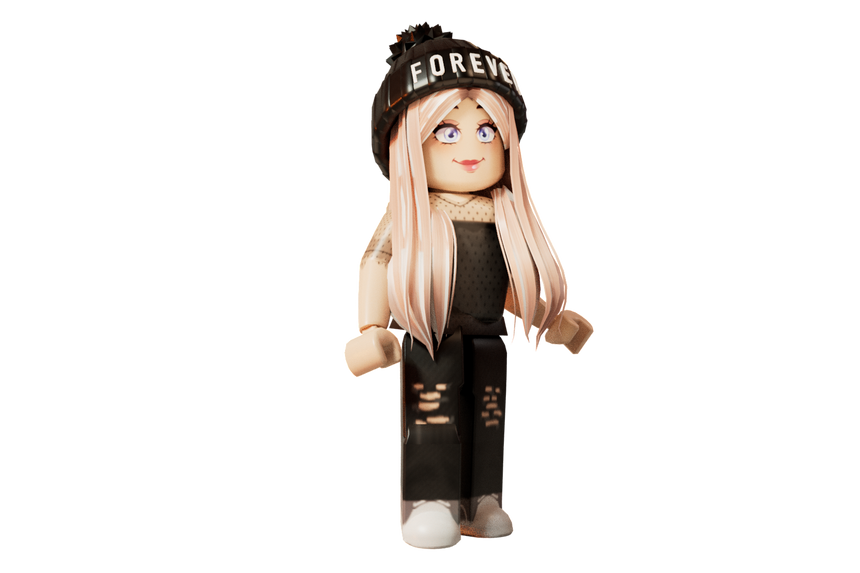If Moda Operandi Had Been a Blockchain Company Originally….
Kickstarter meets high fashion meets measuring consumer demand
How do you know if consumers want to buy your stuff? This Wunderman Thompson article made me think of a new model of consumer testing of products. There’s always been the idea of pre-orders, people willing to shell out in advance, but that implies a traditional, if extended, shopping experience. It works well for concepts like Moda Operandi’s original core business, selling items straight from the runway that will be delivered during the normal sales cycle. Brands get some cash upfront, as well as data to make decisions. Consumers get early access and maybe a feeling of being “in the know.” Kickstarter projects work in a similar, if less linear way; you support the company with the hope they'll raise enough and create the item, then you’ll get it. Sometimes you also have ownership of Kickstarter projects, so not too far off of where I’m iterating towards.
The Wunderman Thomspon article has some Web3/Web3 adjacent examples of brands selling something in Roblox (IMO, the best example would be Forever21’s Beanie, which they sold millions of as verch (TIL* virtual merchandise = verch)). These examples, particularly those in Roblox, of which many, are not NFT verch*, just digital goods for the game.
(the infamous Roblox beanie, a beacon of digital profit margins)
Are NFTs the next step, a more nuanced way to optimize pre-demand? Are NFTs an upgrade because of the ownership/membership built into the medium? Or are they just sheep dressed in Wolf clothing, the same idea but with flashy and unnecessary tech embedded in the process?
Let’s discuss.
Ownership. Turning your consumers into token holders makes them owners of your brand equity. Consumers who are owners, one assumes, will be more loyal to your brand. One follow-on debate is should you burn (destroy) the token in order to get the merch or verch? I would argue burning is a severing of the token relationship in some sense but this use case, I think, needs more examples before I can say one way or another.
Transparency. Back to my tongue-in-cheek example, if Moda Operandi had been a blockchain company, then couture-level pieces would be publicly sold, and one could keep track of who owned what in what city/color/season. I don’t know if Satoshi considered this sartorial solution when he was inventing bitcoin, never showing up in the same $40,000 dress at the same party, OHTHEHORROR, but he should’ve. The value of the token/NFT, in some ways, is derived from the activity surrounding, how many other buyers, and who they are. This transparency, for good projects, can increase the value, both monetarily and socially, e.g., knowing who’s in there with you.
You can re-sell them, P2P. By changing the commercial transaction from a pre-order to an option, like buying a Tesla - I pay for the right to purchase this car when one is available - I lower the barriers to entry. Should I change my mind, there’s an efficient marketplace for selling to the next guy. The brand has already collected the money, so they are covered from a cash flow perspective. And the marketplace activity is a useful indicator of how the project/beanie/couture dress is perceived with time. Is it hype, or is it lasting demand?
Identity/Community - While you don’t have to build a community around these token or NFT holders, in practice, it seems like creating a space for people who are fans of your brand to engage with you in a unique, exclusive environment, could be another upside to doing “pre-orders” as NFTs. While I’m skeptical fans of your brand all want to be BFFs in Discord, allowing for a clubhouse with unique access to the brand reinforces their role and identity as owners of the brand.
Obviously, for each of these benefits, there’s also a downside. Particularly regarding transparency, not everyone wants to be known for all of their purchases. And a depressed resale market would be embarrassing or brand damaging. But, with the benefits of bringing consumers in as token owners becoming more and more apparent, the value exchanged for that token is evolving. NFT verch into merch is one way to start the relationship on a straightforward yet unique commercial footing.
*Actually, YIL TIL, that is to say, I picked up some new slang. TIL means Today I Learned. YIL is not a thing, but I think you can guess what I meant.
*Verch = virtual goods
Like learning new terms and talking about Web3 marketing and fashion?

